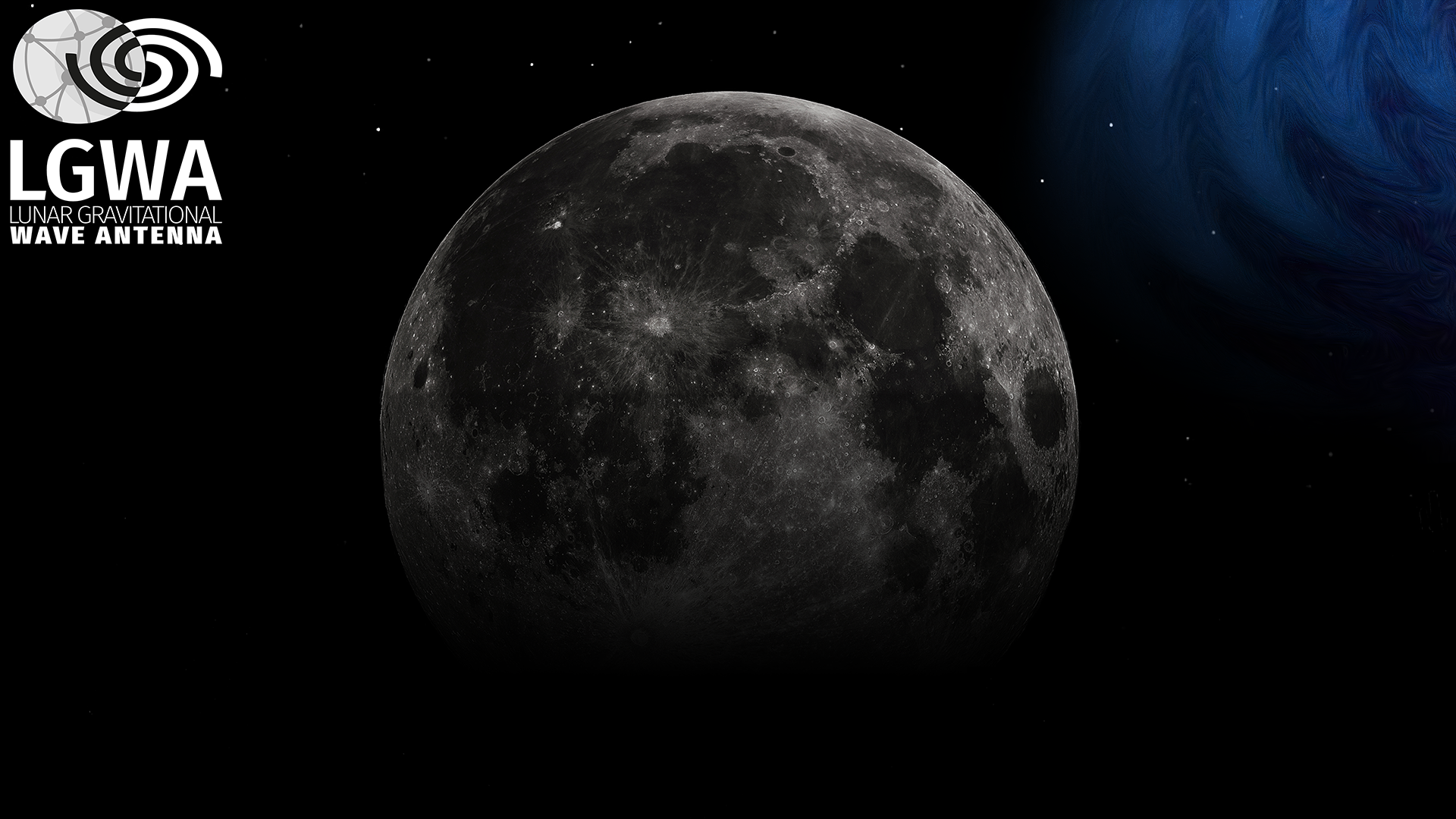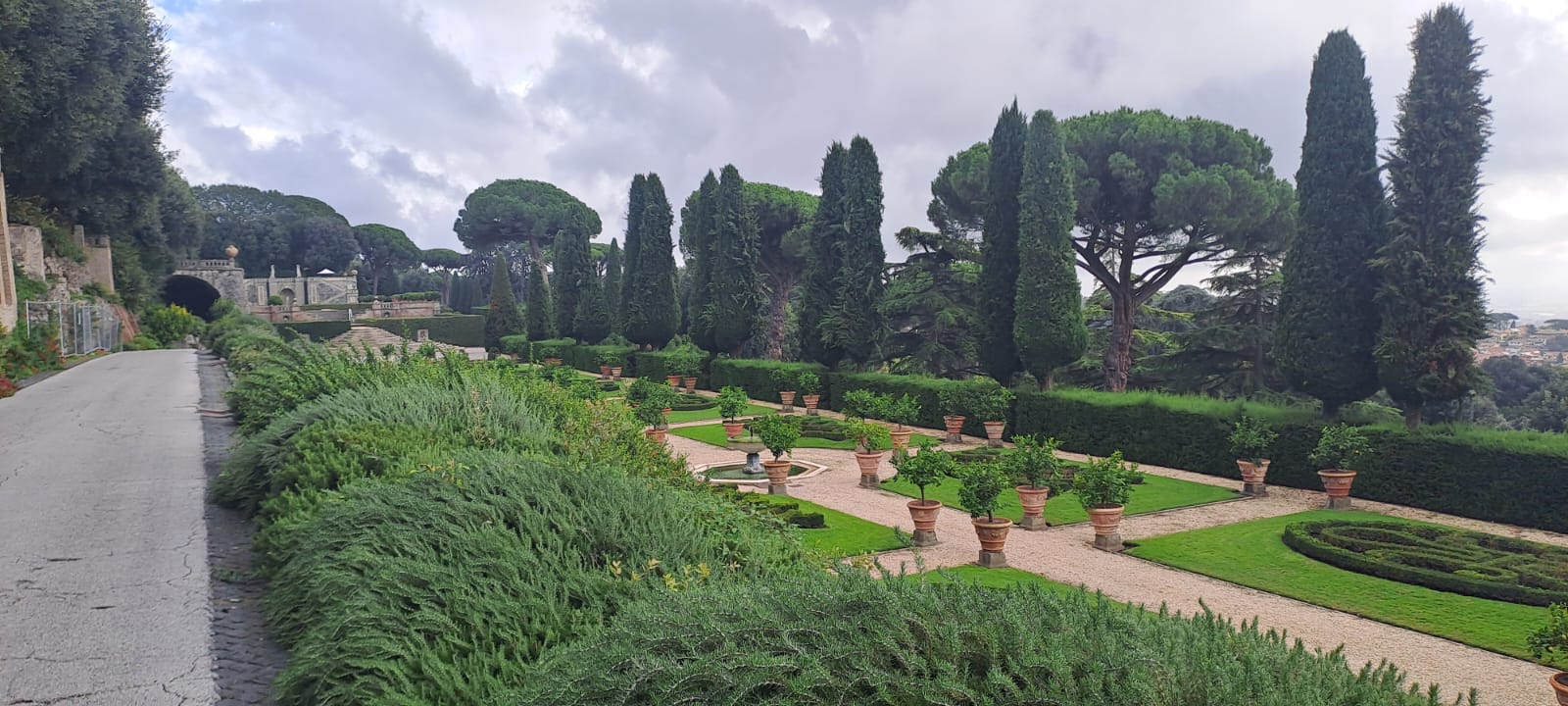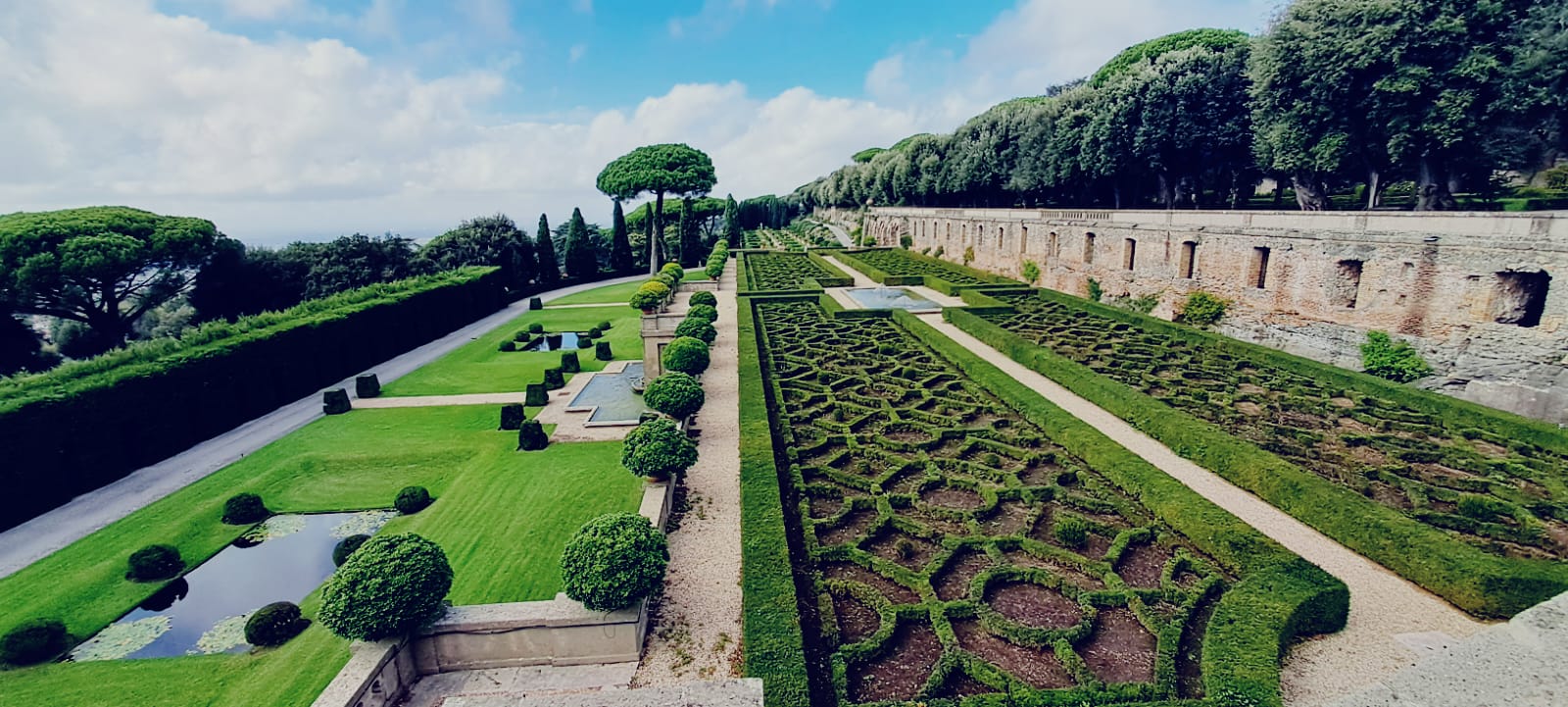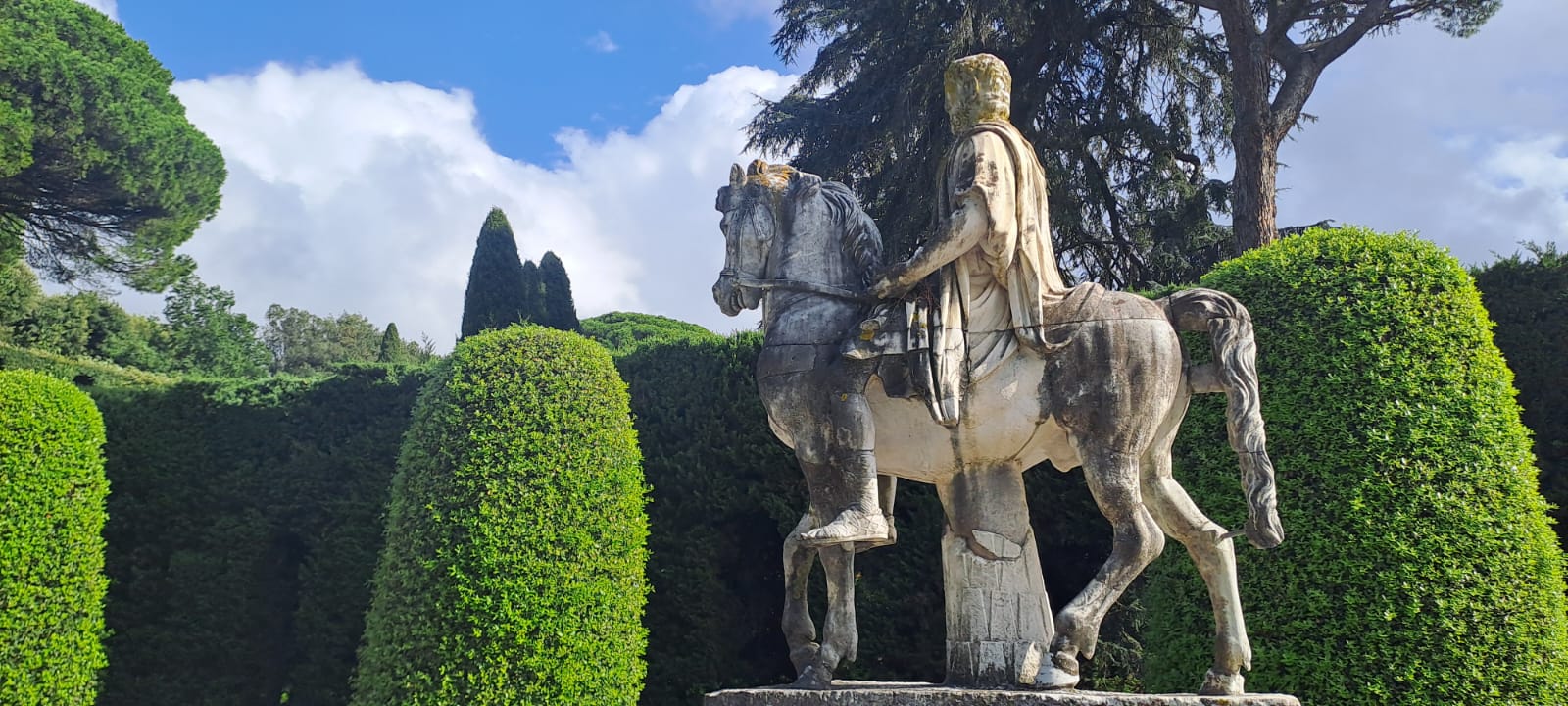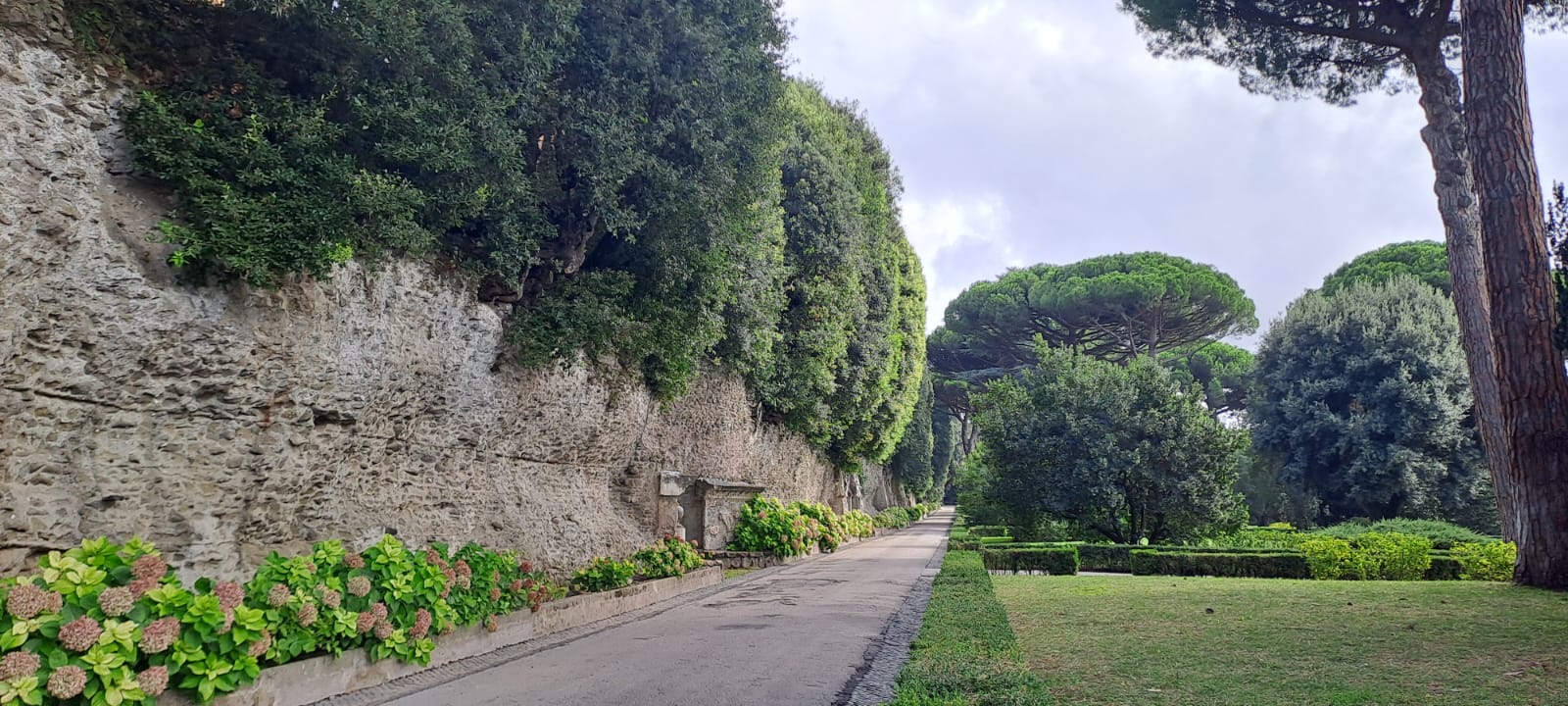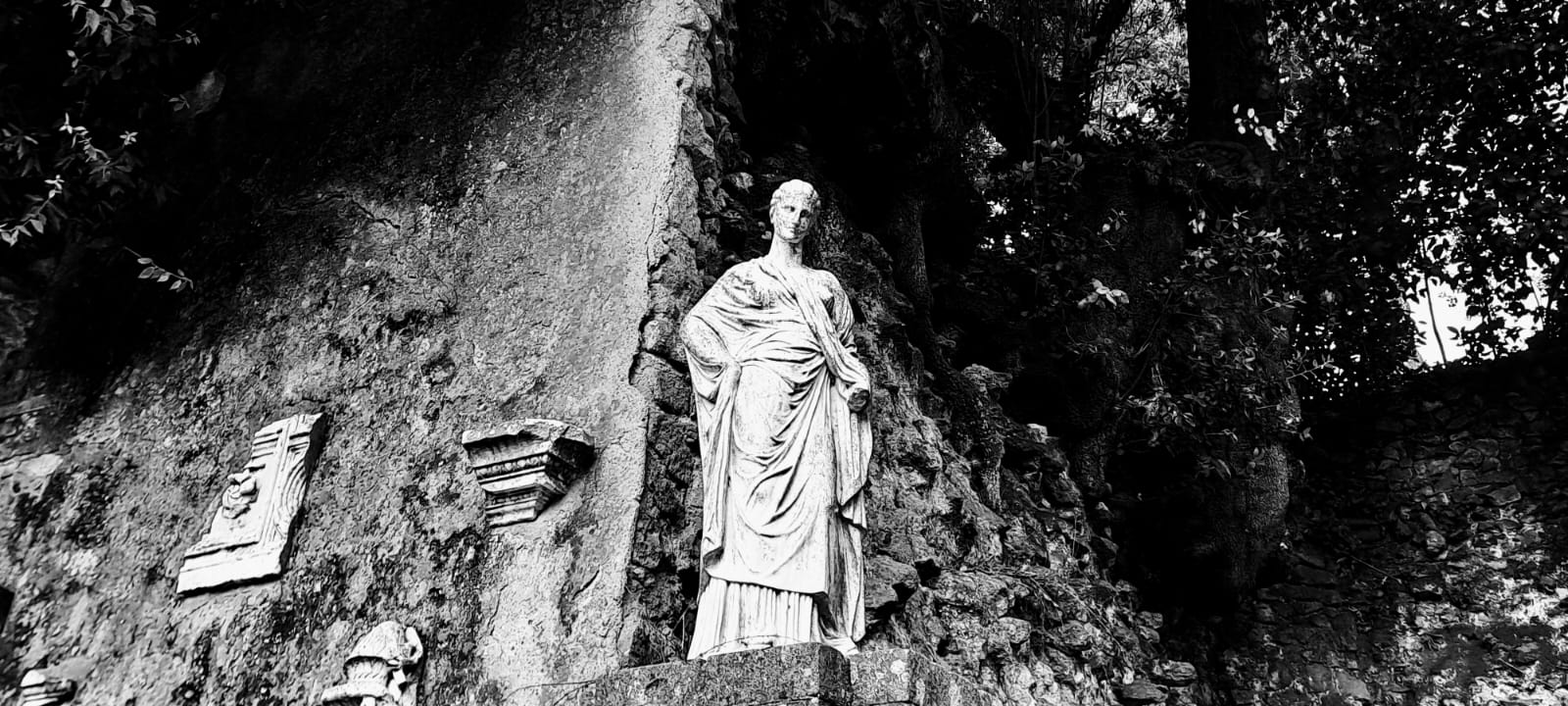Lunar Gravitational-Wave Antenna (LGWA) Workshop
Monitoring of vibrational eigenmodes of an elastic body excited by gravitational waves (GWs) was one of the first concepts proposed for GW detection. At laboratory scale, these experiments became known as resonant-bar detectors first developed by Joseph Weber in the 1960s. Due to the dimensions of these bars, the targeted signal frequencies were in the kHz range. Weber also pointed out that monitoring of vibrations of Earth or the Moon could reveal GWs in the mHz band. His Lunar Surface Gravimeter experiment deployed on the Moon by the Apollo 17 crew was a first attempt to observe GWs on the Moon.
In 2020, the Lunar Gravitational-wave Antenna (LGWA) was proposed to ESA. It consists of four stations equipped with high-end vibration sensors deployed inside a permanently shadowed region (PSR) of the Moon. The LGWA pathfinder mission Soundcheck was recently selected by ESA into the Reserve Pool of Science Activities for the Moon and is being prepared for a future launch opportunity. The project is supported by an international collaboration of now almost 200 members. The LGWA will be able to observe GWs in a frequency band inaccessible to other GW detectors. It will be able to observe GWs from the first generation of black-holes that populated the Universe, and lead to breakthrough astrophysics with multi-messenger studies of white-dwarf binaries and supernovae. At the same time, the LGWA will greatly improve our understanding of the lunar interior and the geophysical environment of a PSR.
Geologic Field Trip (Oct 11): The Colli Albani Volcanic Complex (Lead: Alessandro Frigeri)
We will travel through space and time into the three eruptive phases that formed the natural environment around Castelli Romani, which hosted the 2nd LGWA Workshop in 2024. We will travel by bus and foot in the volcanic area, stopping at strategic points to observe rocks and landscape, revealing the timing and scale of the geological processes that follow each other through geologic time.
Venue
The main conference (Oct 8-10) will take place at Center Mariapoli, while the hands-on session and meeting of the steering group on Monday will be at INAF Monte Porzio.
On the last day there will be a geological excursion to the volcanoes of the Alban hills.
Accommodations:
SOC:
Paola Severgnini (INAF) , Roberto Serafinelli (INAF), Andrea Maselli (GSSI), Alessandro Frigeri (INAF), Marco Olivieri (INGV), Morgan Zeoli (UCLouvain), Joris van Heijningen (VU Amsterdam), Jan Harms (GSSI)
LOC:
Andrea Melandri (INAF) - andrea.melandri@inaf.it
Francesca Panessa (INAF) - francesca.panessa@inaf.it
Silvia Piranomonte (INAF) - silvia.piranomonte@inaf.it
Alessandro Frigeri (INAF) - alessandro.frigeri@inaf.it
*** ***
Financial support from INAF, INGV, and GSSI
Meeting organization managed by

